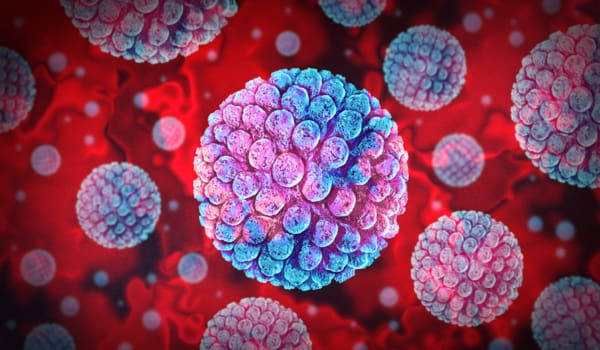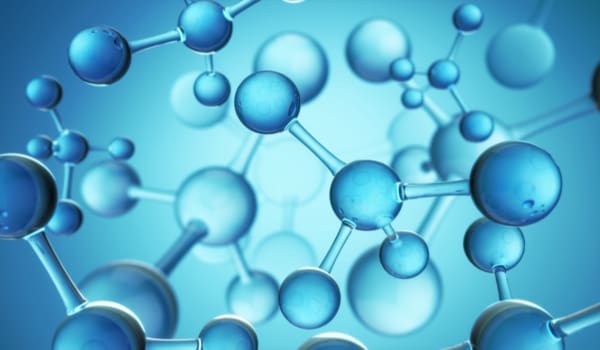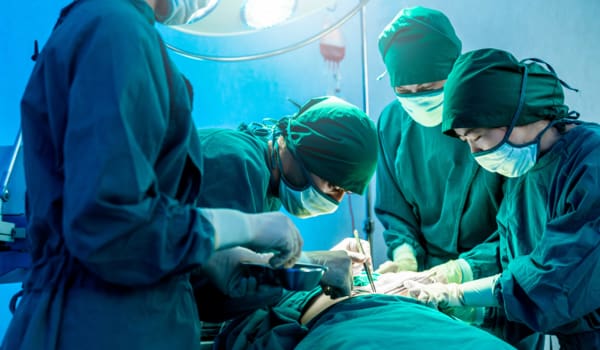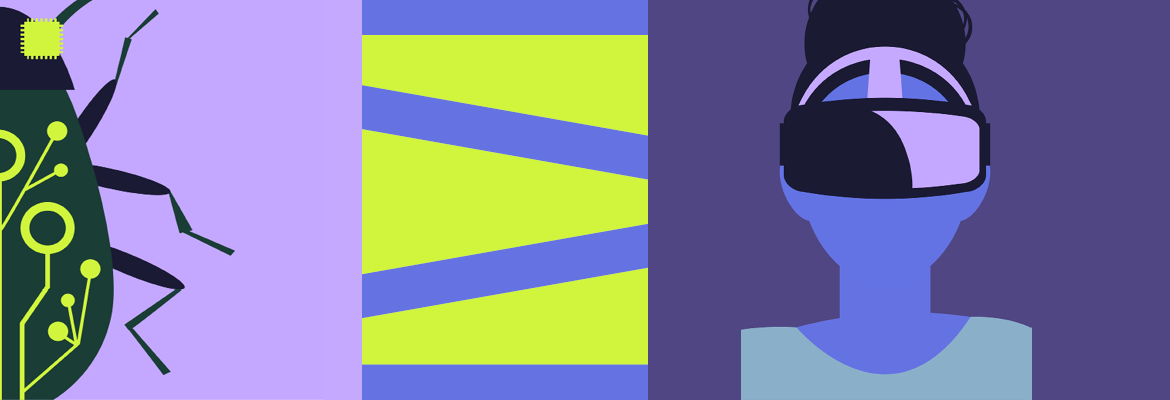
MARS research
MARS is transforming research at the interface of applied mathematics and AI methods. Our current research is using next-generation mathematics to solve real-word challenges across a range application areas.
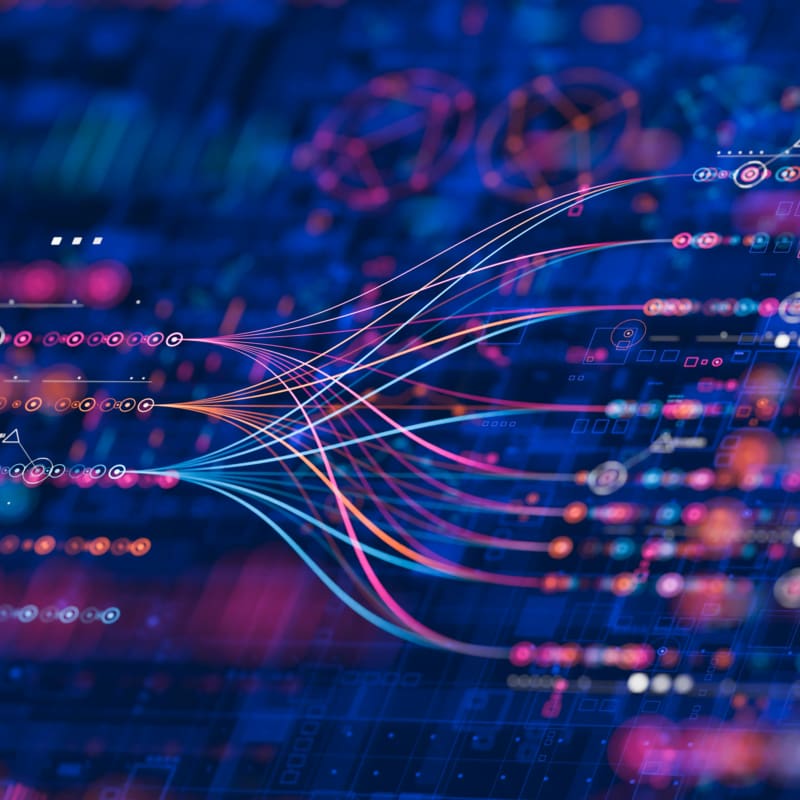
Accelerating scientific discovery with Machine Learning
MARS Lecturer, Dr Henry Moss, is revolutionising scientific experimentation with smarter Machine Learning models.
Machine Learning (ML) has dramatically transformed how scientists approach experimentation, especially in domains like drug discovery, materials science, and engineering. Yet, there remains a need for smarter ML models to accelerate the pace of scientific innovation, particularly in areas where experimentation is technically and financially costly.
This research tackles a fundamental question: Given a trained ML model, what additional data should be collected to empower scientists to make more informed decisions?
It focuses on pioneering new ML methodologies to enable automated experimental design across a range of high-stakes settings.
Application of these new ML methodologies has already had real-world impact. It has contributed to scientific breakthroughs including the discovery of novel molecules, the development of innovative engineering solutions, and advances in climate model calibration to help scientists refine their predictions and simulations. It has even led to improvements in the ML systems themselves, for instance in Amazon Alexa.
Research partnerships with the British Antarctic Survey, AstraZeneca, and the UK Atomic Energy Authority are bringing these advanced ML tools into the experimental workflows of even more scientists. By enhancing the way experiments are designed and executed, this research is accelerating discovery and shaping the future of innovation.
Featured research
-
Stopping the Spread
Model-based methods for controlling hospital infection outbreaks
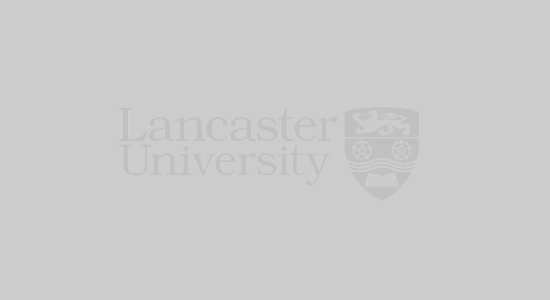
-
Innovating the Material World
Advanced mathematical tools for developing stronger, more resilient materials

-
Optimising Wound Recovery
Personalised wound healing with agent-based mathematical modelling



